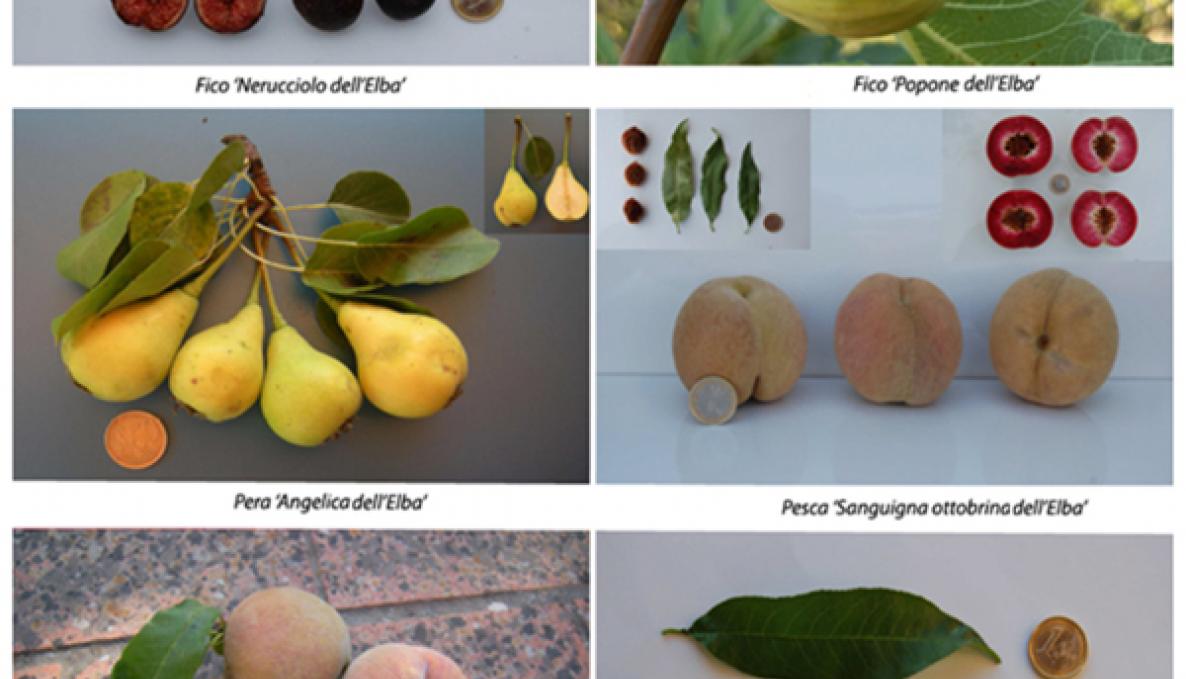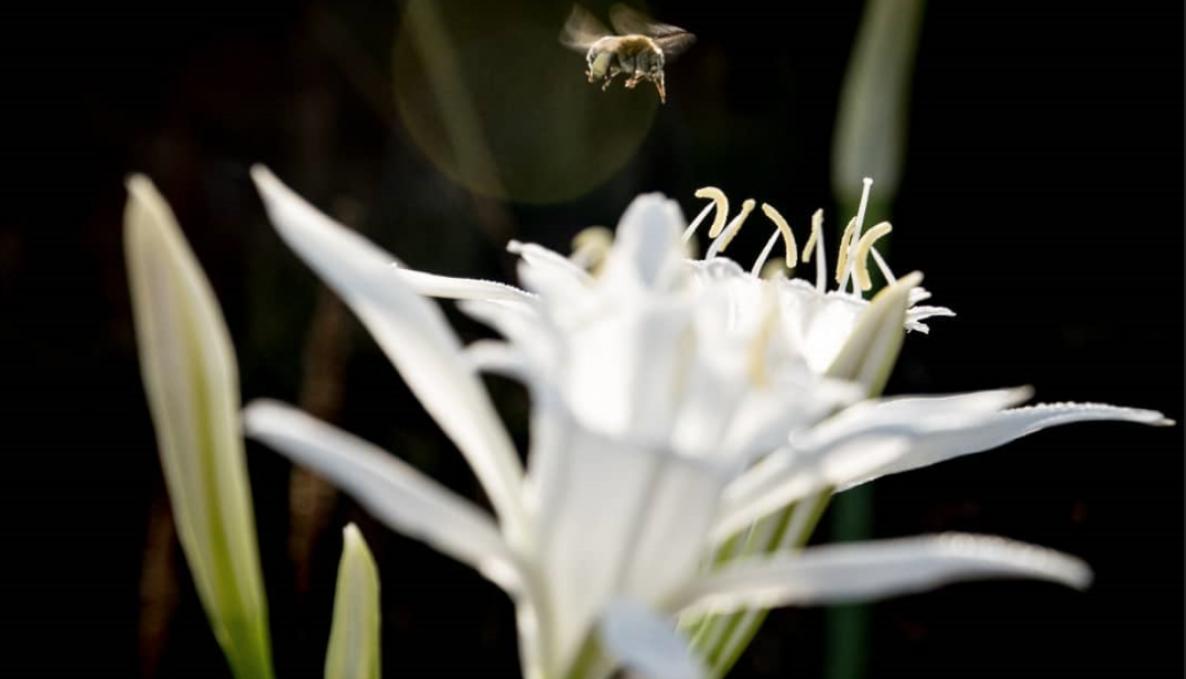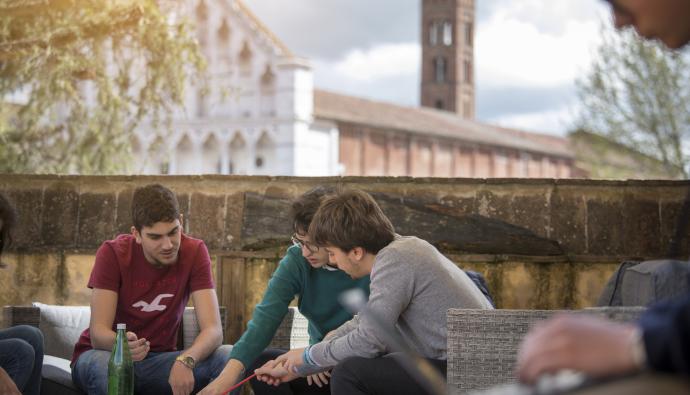AGROBIODIVERSITY: RESEARCHERS OF SANT’ANNA BIOLABS FOUND SIX ENDANGERED OLD PLANT VARIETIES ON ELBA ISLAND

Biolabs scientists Agostino Stefani, Fabiano Camangi and Luca Sebastiani (director of the Institute of Life Sciences) have recently conducted a survey to ascertain the extent of extinction of old varieties of fruit on Elba Island. The survey focused on six traditional varieties for conservation. Plants conservation, scientists say, is aimed at ensuring that the Tuscany Region authority has a backup in case they need to use the plants as raw materials to generate more improved crops. The endangered varieties include: pear tree ‘Angelica dell’Elba’; fig ‘nerucciolo or neruccio dell'Elba’; fig ‘popone or striato dell'Elba’; peach tree ‘sanguigno settembrino dell'Elba’; peach tree ‘sanguigno ottobrino dell'Elba’; peach tree ‘'Spiccicaiolo dell'Elba’.
Tuscany Region and the Biolabs research units at Sant’Anna School have taken significant steps to promote the regional agricultural biodiversity by launching plans for the sustainable use of plant genetic resources for food and agriculture. The Catalogue of Tuscany authority is the most comprehensive and regional index of plant varieties currently available. The Institute of Life Sciences Biolabs coordinated two projects (started in 2011) funded by Tuscany Region and Parco Nazionale dell'Arcipelago Toscano (Tuscan Archipelago National Park) in partnership with private and public institutions to promote the studies on the genetic improvement processes related to various types of traditional crop varieties. Through the collaboration among the researchers, the scientists identified 73 fruit varieties which may be used for the selection of modern cultivars and the introduction of new high yielding improved cultivars.
Regional policies and measures were needed to address the problem of conserving the genetic resources of ancient crops in Elba Island and Tuscany. “The fruit varieties ‘native traits’ exploration, said the scientists, “was primarily aimed at obtaining a source of information and publications about the natural germplasm pool of a species involving the ancestral strains. The challenge in using these strains was to identify a target trait and then to transfer the trait to modern cultivars”.
The six endangered varieties native traits were confirmed by Dr. Koestlin, an Austrian who travelled to Elba in 1780 and wrote he "had seen large colonies of prickly pears along the road from Portoferraio to Rio, so many pomegranates and sorb apples at Rio, wild strawberries at Marciana, and figs everywhere – including the varieties locally known as brugiotto, sardese, nerucciolo, bianco, dattero, popone and corso – and then walnut trees, almond trees, yellow peaches, sanguigne, spiccicaiole – cherries, plum trees, apricot trees, pear trees, mulberries and many citrus trees”. At the beginning of the 19th century (1808), Napoleon’s sister Elisa Bonaparte Baciocchi princess of Lucca and Piombino, received from Pisa many fruit trees and in particular the Angelica pear fruit. Writers Pier Andrea Mattioli, in Discorsi (1568), Ulisse Aldrovandi (1668), Pier Antonio Micheli (1707-1736), Ottaviano Targioni Tozzetti (1858) and Giorgio Gallesio (1817-1839) also gave credit to these native plants citing all kinds of varieties.
Where can we get these varieties these days? The “Campo” catalogue - Orto dei Semplici Elbano, at the Eremo di Santa Caterina - Rio nell’Elba, as well as many private citizens and companies maintain a repository of the endangered plants. The Angelica pear grown in Elba Island more tender and juicy upon ripening starts harvest in late June. Endemic fig tree 'nerucciolo' will grow well in a pot and starts harvest in late August. The 'popone' fig is not the most common variety available because it had and probably still has a short “shelf life”. The three peaches varieties - they too have a short shelf life - are more resistant to environmental factors. These plants are selected during field cultivation under local environmental conditions; the seed from these parent plants is then used the following season. The 'spiccicaiola' and the 'sanguigna' varieties start harvest in September.
All plant varieties information sheet will be soon available on this Tuscany Region website.



